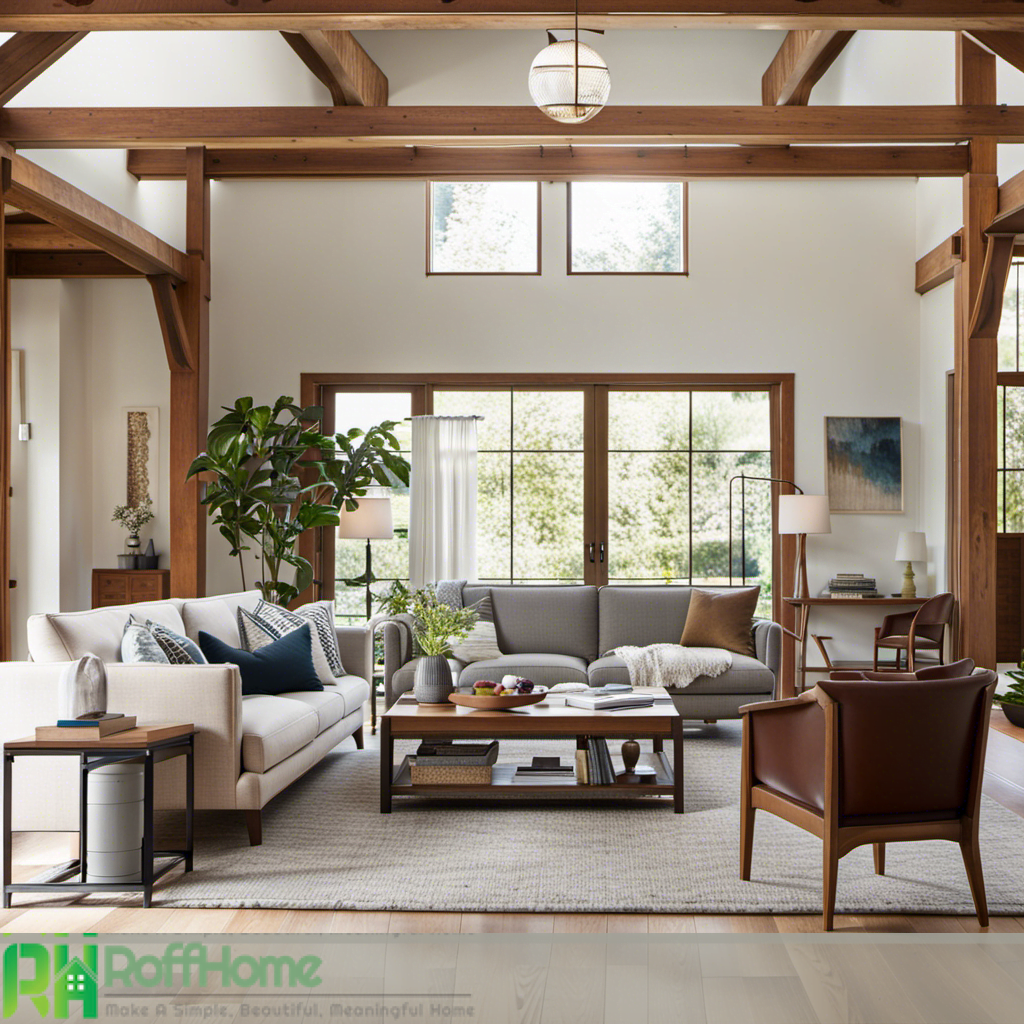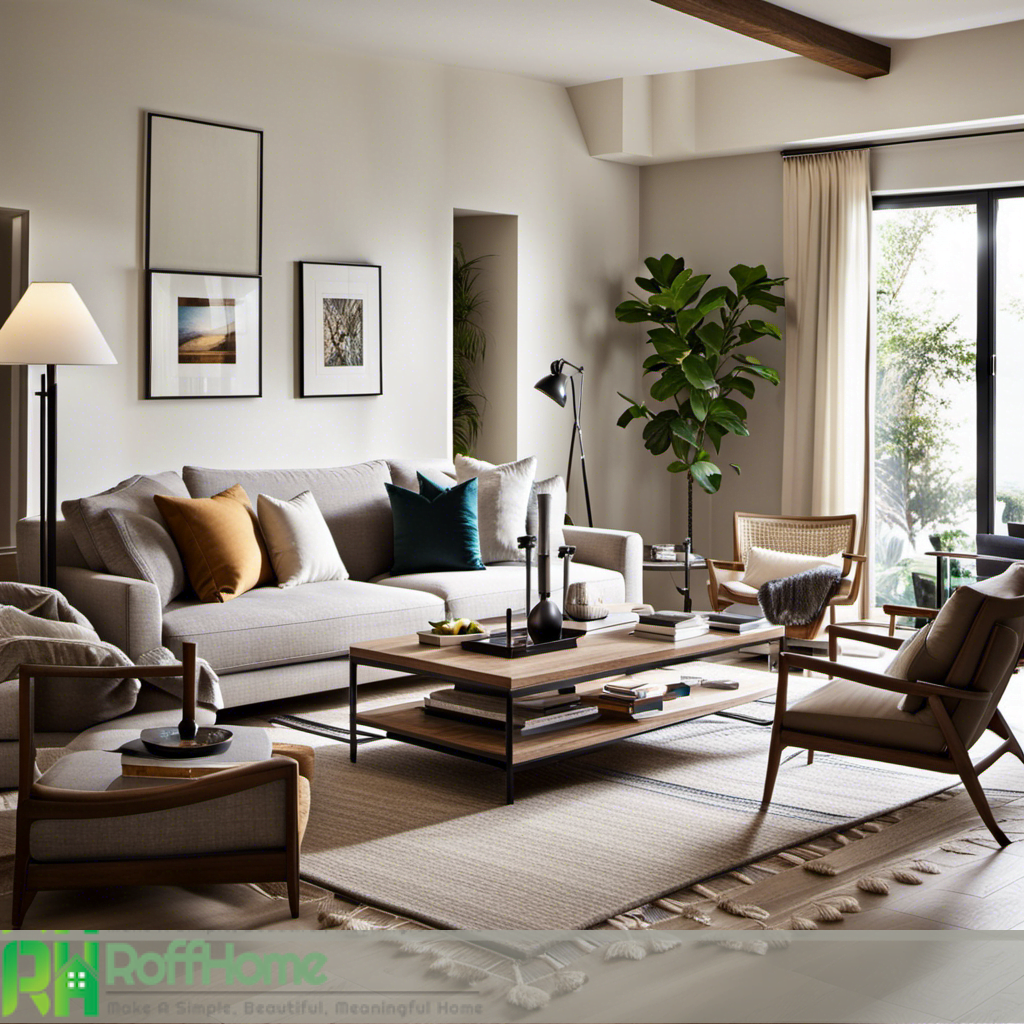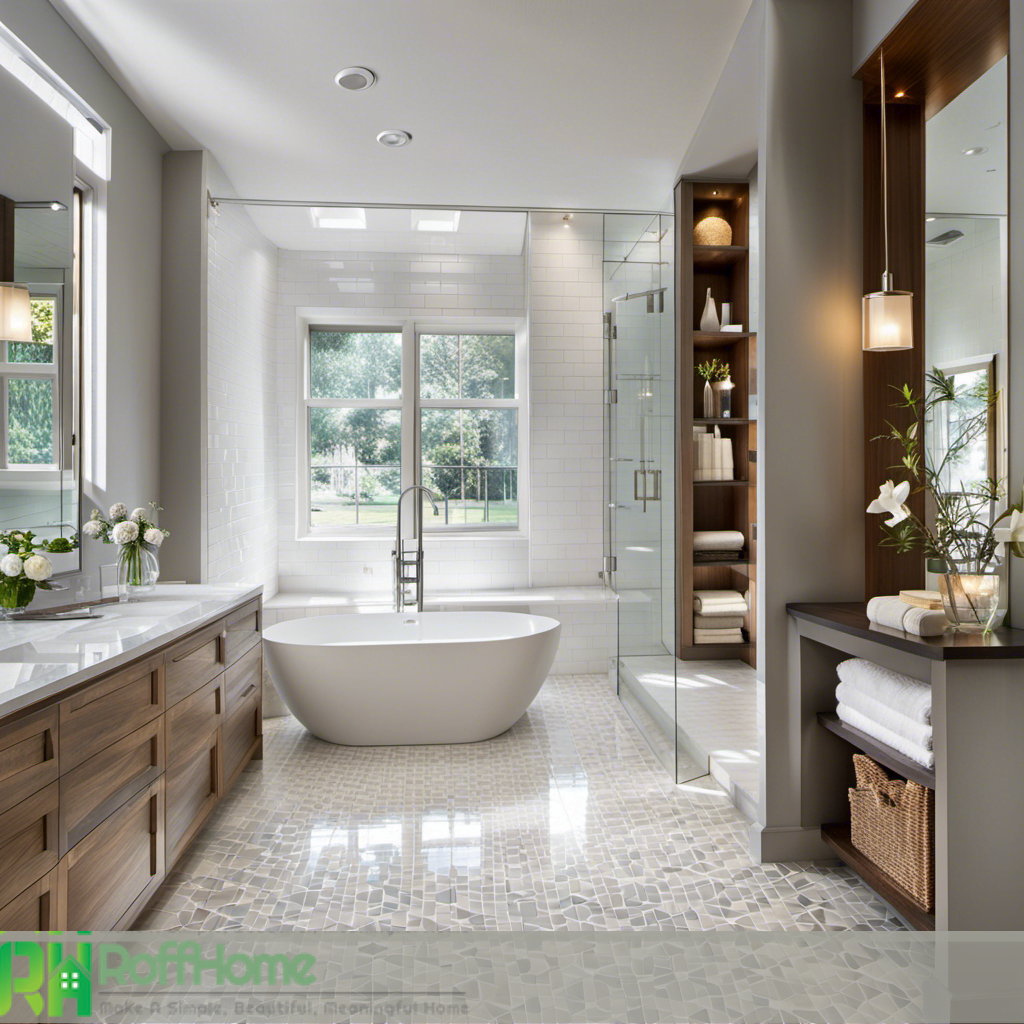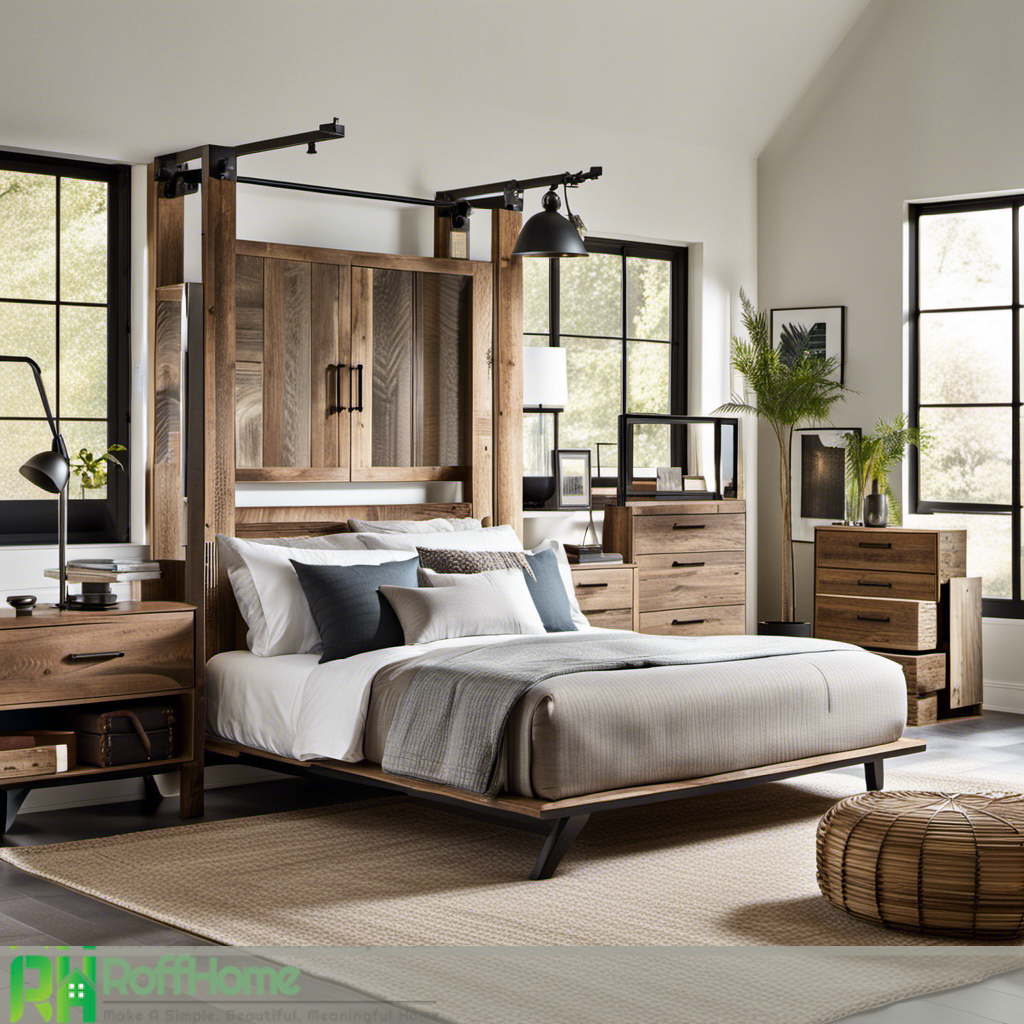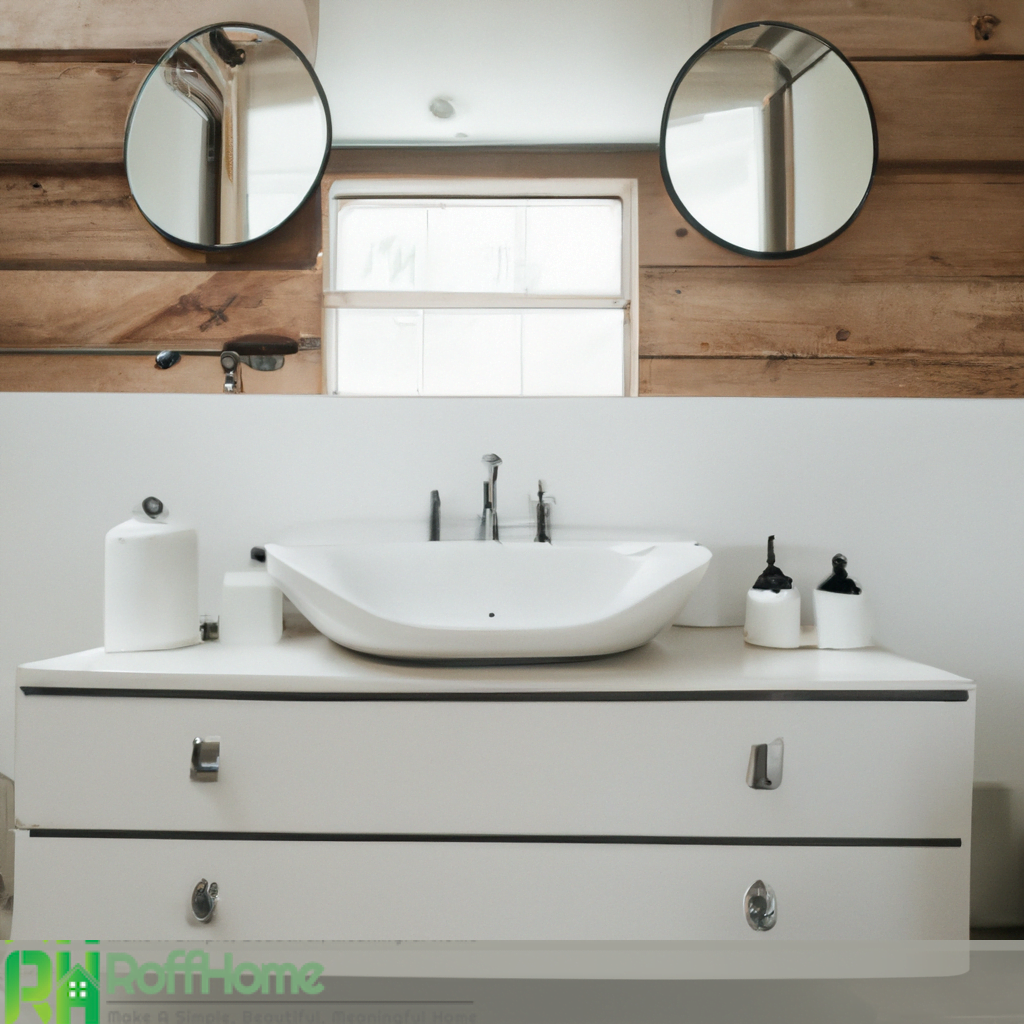Paneling for a Dining Rooms: Transform Your Space with Elegance
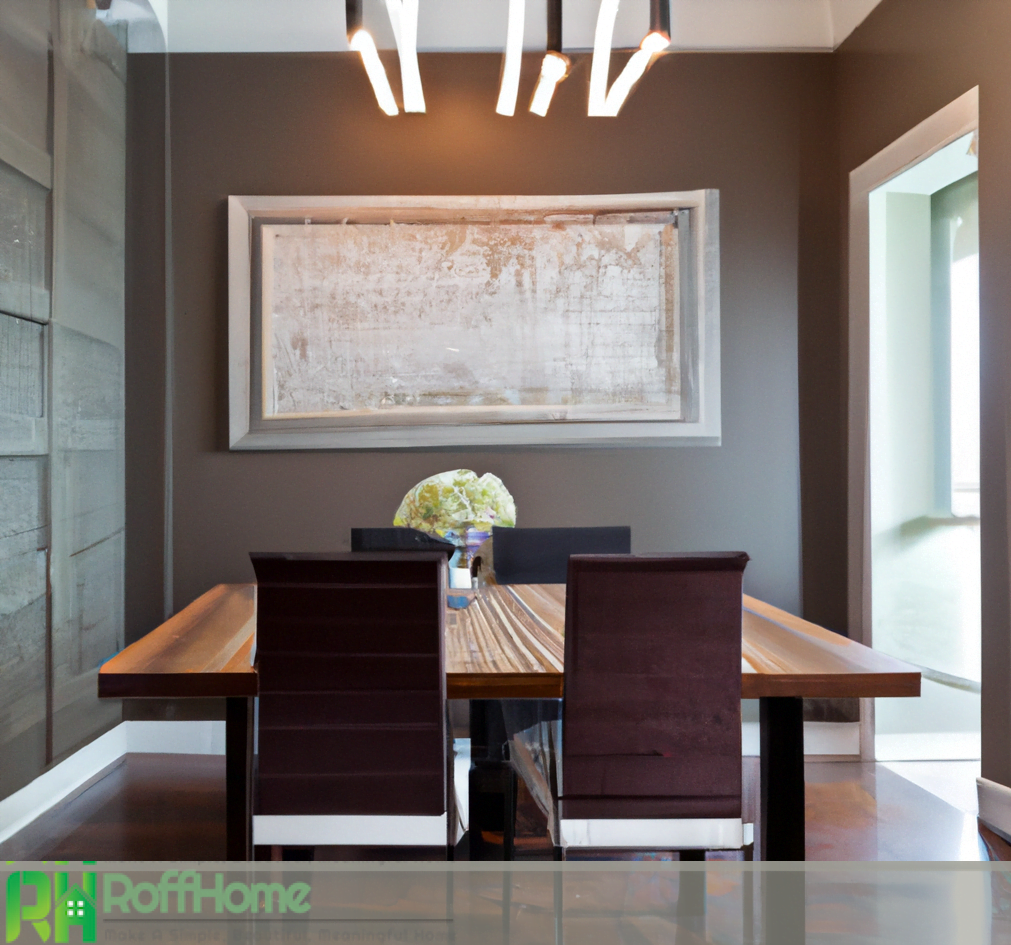
Paneling for a dining room is a great way to add an elegant and sophisticated touch to your home’s interior design. With various options available, from wood paneling to decorative paneling, wainscoting, and crown molding, paneling can create a luxurious and stylish atmosphere in your dining space.
Wood paneling is a popular choice for dining rooms, and it can add warmth and texture to the room’s design. Modern paneling options such as sleek, smooth, or textured panels can create a contemporary feel in your dining area. In contrast, traditional paneling styles can create a timeless and classic look.
DIY paneling projects are becoming increasingly popular as homeowners look for ways to enhance their homes while decreasing costs. Installing paneling in your dining room can be a DIY project with the right tools and instructions.
In addition to its aesthetic benefits, paneling can offer practical help, such as added insulation and soundproofing. It is essential to consider the maintenance and cost analysis of paneling, including painting and wallpaper options, to ensure you make the best choice for your budget and lifestyle.
Design elements such as color, texture, and accent walls can enhance the aesthetic appeal of your dining room paneling. Eco-friendly and reclaimed wood paneling options are also available for those who want to incorporate sustainability into their home decor. Overall, paneling for a dining room can create a unique and stylish space perfect for entertaining guests and enjoying family meals.
The History of Paneling for a Dining Rooms
Paneling has been a staple of interior design for centuries, and its use in dining rooms can be traced back to the Renaissance period in Europe. In the early days, wood paneling was primarily used to insulate and protect the walls from the elements. It was in the 16th century that wood paneling began to be used more for decorative purposes, particularly in the homes of the wealthy.
During the Baroque period, wood paneling became even more elaborate, with intricate carvings and decorative moldings. In the 18th century, paneling in dining rooms became a symbol of wealth and status, with large, ornate panels adorning the walls of grand homes and palaces.
During the Victorian era, decorative paneling dining room continued to evolve, with the introduction of wainscoting, chair rail, and crown molding. These elements were used to create a more layered and textured look in dining rooms, and they remain popular today.
In the 20th century, modern paneling materials such as plywood and composite wood were introduced, allowing for more affordable and versatile options for homeowners. Today, paneling in dining rooms continues to evolve, with a wide range of styles, textures, and finishes available.
One popular trend is accent walls, where a single wall is paneled in a different material or color than the rest of the room. This can create a focal point and add visual interest to a dining space.
As technology advances, new eco-friendly paneling materials, such as reclaimed wood and sustainable composite materials, are also becoming available. These options allow homeowners to incorporate sustainability into their interior design.

Top Trends in Dining Room Paneling in 2023
As we head into 2023, new dining room paneling trends are emerging. Here are some of the top trends that are expected to be popular in the coming year:
Natural Finishes: Natural finishes are becoming increasingly popular paneling dining room , with homeowners opting for more subtle and earthy tones. These finishes can include reclaimed wood, natural stone, or other materials that bring the outdoors in.
Two-Tone Paneling: Two-tone paneling is another trend that is gaining popularity, with homeowners opting for contrasting finishes on their walls. This could include combining dark and light tones or pairing wood paneling dining room with wallpaper or paint.
Textured Finishes: Textured finishes are expected to be a popular trend in dining room paneling, with homeowners looking to add visual interest and depth to their walls. This could include paneling with a 3D effect, textured wallpaper, or embossed patterns.
Statement Walls: Statement walls are still prevalent in dining room paneling, with homeowners using paneling to create a focal point. This could include paneling in a bold color, a unique pattern, or even using paneling to create a feature wall with shelving or artwork.
Sustainability: As eco-consciousness continues to grow, more homeowners opt for sustainable paneling options in their dining rooms. This could include using reclaimed wood or other recycled materials or opting for paneling dining room made from sustainable materials.
Traditional vs. modern paneling for dining room: Which one to choose?
Choosing the right paneling for your dining room can take time and effort, with many homeowners grappling with choosing between traditional and modern paneling styles. Here’s a breakdown of the differences and some considerations to remember when choosing between them.
Traditional Paneling:
Traditional paneling styles are often associated with older, more historic homes and are characterized by ornate detailing, intricate patterns, and a more formal look. This can include wainscoting, chair rails, crown molding, and other decorative paneling elements. Traditional paneling styles can create a classic and elegant look in a dining room and are often paired with more formal furniture and accessories.
Modern Paneling:
Simplicity, clean lines, and a minimalist approach characterize modern paneling styles. This can include smooth, textured, or even 3D paneling styles and mixed material paneling that incorporates metal or other non-traditional materials. Modern paneling can create a sleek and contemporary look in a dining room and is often paired with more modern furniture and decor.
When deciding between traditional and modern paneling for your dining room, it’s essential to consider the overall aesthetic of your home and your personal style preferences. Classic paneling may be more appropriate for older or more historic homes, while modern paneling may be better suited to newer, more contemporary homes.
It’s also important to consider each style’s cost and maintenance requirements. Traditional paneling dining room can be more expensive and require more upkeep, while modern paneling can be more cost-effective and easier to maintain.
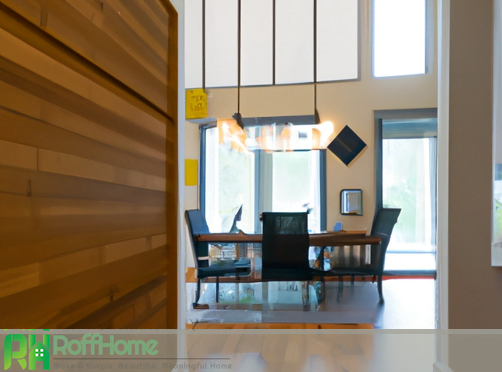
How to Choose the Best Paneling for Dining Room
Choosing the best paneling for your dining room can be a challenging task, but it’s an important one that can significantly impact the overall look and feel of the space. Here are some key factors to consider when choosing the best paneling for your dining room.
Style: The style of your dining room is an important consideration when choosing paneling. Whether your style is traditional, modern, rustic, or somewhere in between, paneling dining room options can complement and enhance your existing decor.
Material: The material of the paneling is another critical consideration. Standard options include wood, stone, brick, and even metal. Each material has its unique look and feels, so choosing one that matches your style and meets your practical needs is essential.
Texture: The texture of the paneling dining room is another critical consideration. Some paneling options have a smooth finish, while others are textured or have a 3D effect. Textured paneling can add visual interest and depth to your walls but may require more maintenance than smoother options.
Color: The color of the paneling dining room is also essential. You’ll want to choose a color that complements your existing decor and creates the desired atmosphere in your dining room. Consider factors like the size of the room and the amount of natural light when choosing a color.
Cost: The cost of the paneling dining room is also an important consideration. Some paneling options can be expensive, while others are more budget-friendly. Consider your budget when choosing paneling, and look for options that meet your needs without breaking the bank.
Cost-Effective DIY Solutions to Paneling Dining Room
Paneling a dining room can be expensive, but with some DIY solutions, you can achieve the look you want without breaking the bank. Here are some cost-effective DIY solutions for paneling your dining room.
Paint: One of the easiest and most cost-effective ways to panel your dining room is to use paint. You can create a paneling effect by painting rectangles or squares on your walls with a different color than the surrounding area. This can create a modern and stylish look without the cost of actual paneling.
Wallpaper: Wallpaper is another cost-effective solution for paneling your dining room. Many wallpaper options are available that mimic the look of traditional paneling, and they can be more affordable than actual wood paneling.
Stenciling: Stenciling is another DIY option for creating a paneling effect on your walls. You can purchase stencils or create your own and use them to create a repeating pattern on your walls.
Reclaimed Wood: If you want the look of actual wood paneling but want to avoid paying the high cost, consider using reclaimed wood. You can find reclaimed wood at salvage yards or repurpose old pallets to create a rustic and unique look for your dining room.
Bead board: Bead board paneling is a cost-effective option for adding texture and interest to your walls. It’s easy to install and can be painted or stained to match your decor.
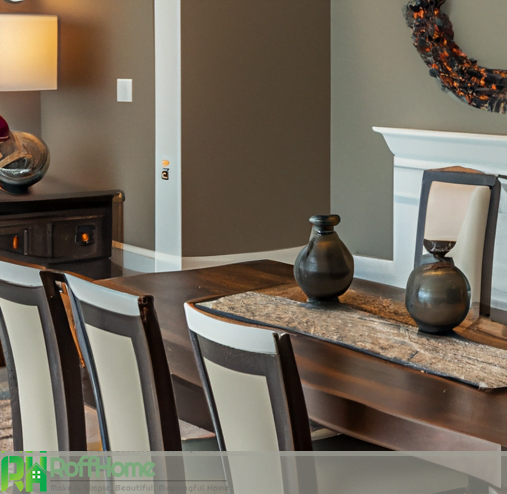
Paneling installation for dining rooms: A step-by-step guide
Paneling dining room installation can seem daunting, but it can be a manageable DIY project with the right tools and knowledge. Here’s a step-by-step guide for paneling installation in your dining room.
Measure and Plan: The first step is to measure the walls of your dining room and plan out the placement of the panels. You’ll want to consider the size and placement of any doors or windows and ensure the panels are evenly spaced.
Purchase Materials: Once you’ve measured and planned, it’s time to purchase your materials. You’ll need paneling boards, chair rail molding, crown molding, and any necessary tools like a saw, nails, and a level.
Install Chair Rail and Crown Molding: The chair rail and crown molding will be installed first. Measure and cut the molding to fit the length of each wall and nail it in place using a level to ensure it’s straight.
Install Paneling: Next, it’s time to install the paneling boards. Starting at the bottom, measure and cut the first panel to fit the length of the wall. Nail it in place, making sure it’s level. Continue adding commissions until you reach the top, leaving space for the crown molding.
Install Crown Molding: Finally, install the crown molding at the top of the paneling. Measure and cut the molding to fit the length of the wall and nail it in place.
Finishing Touches: Once the paneling is installed, it’s time for the finishing touches. Fill any nail holes with wood filler and sand them down. Paint or stain the paneling to match your existing decor.
How to maintain and care for dining room paneling
Dining room paneling is a beautiful and timeless addition to any home, but it requires proper maintenance and cares to keep it looking its best. Here are some tips for maintaining and managing dining room paneling.
Regular Cleaning: Regular cleaning is essential to keep your paneling dining room clean and fresh. Use a soft cloth or sponge and a mild cleaning solution to wipe down the panels gently. Avoid using harsh chemicals or abrasive cleaners that can damage the wood.
Avoid Moisture: Moisture is the enemy of wood paneling dining room , so avoiding exposing your paneling to moisture is essential. Keep the room well-ventilated and avoid hanging wet items on the panels.
Wax or Polish: To maintain the luster and shine of your paneling dining room , wax or polish it regularly. Use a high-quality wax or polish designed for wood paneling, and follow the manufacturer’s instructions.
Repair Damage: If your paneling dining room becomes scratched, dented, or otherwise damaged, it must be repaired promptly to prevent further damage. Use wood filler to fill in any scratches or dents, and sand them to create a smooth surface.
Professional Refinishing: If your paneling dining room is starting to show signs of wear and tear, it may be time for professional refinishing. A professional can sand, stain, and refinish your paneling to restore its original beauty.
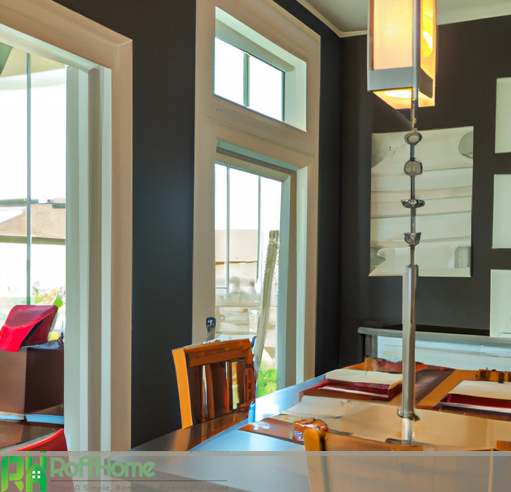
The benefits of the paneling in a dining room
Paneling in a dining room is a popular design choice for many homeowners, and for a good reason. Here are some of the benefits of the paneling in a dining room:
Adds Texture and Depth: Paneling adds texture and depth to a dining room, giving the space a warm and inviting feel. It can also create an interesting focal point in the room.
Enhances Aesthetics: Paneling dining room is available in various colors, textures, and patterns, making it a versatile option for improving the aesthetics of a dining room. It can be used to create a traditional, modern, or rustic look, depending on the style of the room.
Increases Home Value: Paneling dining room can increase the value of a home, as it is a desirable feature for many homebuyers. It can also make a home stand out in a competitive real estate market.
Insulation: Paneling can also provide insulation for a dining room, helping to regulate temperature and reduce energy costs.
Accessible to Clean and Maintain: Paneling is relatively easy to clean and maintain, making it a practical choice for a dining room. It can be wiped down with a damp cloth or sponge to remove dust and dirt.
Durability: Paneling is a durable option for a dining room, as it can withstand wear and tear and is less likely to chip or crack than other materials.
In conclusion, paneling dining room is a versatile and timeless design element for dining rooms. It adds texture, depth, and aesthetics to the space while providing practical benefits such as insulation and durability. Whether you prefer traditional or modern styles, paneling can enhance the beauty and value of your home.

